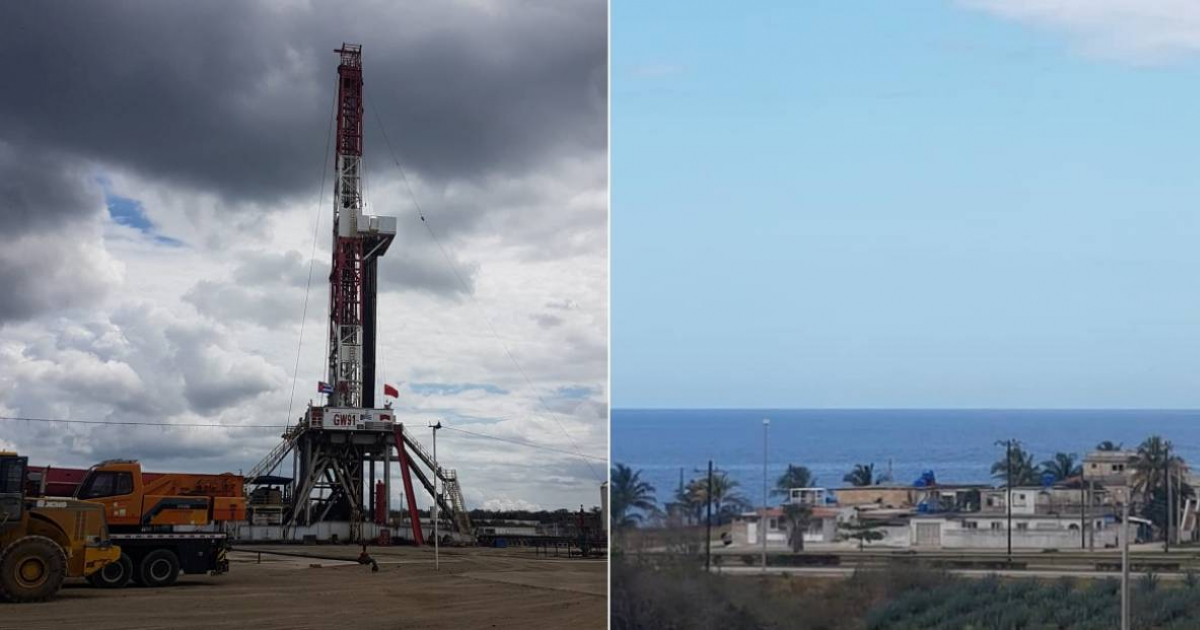Where was the last earthquake in Chile on Tuesday, December 5? See this article for accurate data such as the epicenter, magnitude, and exact time of each seismic event officially collected. National Seismological Center (CSN) from the University of ChileIt shares daily official reports on telluric movements that occurred in the national territory during the day.
- What is it and how to prepare an emergency bag and be prepared for an earthquake?
Tremors in Chile today, Tuesday, December 5
Chile is a country located in an area of intense seismic activity, making it vulnerable to earthquakes. The reason for this high seismic activity is its geography and geographical location.
The South American country is located in a convergence zone between the Nazca Plate and the South American Plate. The Nazca plate is subducting beneath the South American plate, causing great stress in the region. When this tension is released, an earthquake occurs.
Convergence between these two plates is also responsible for the formation of the Andes Mountains, a mountain range that stretches along the western coast of South America. The formation of this mountain range also generates large amounts of energy that can be released in the form of earthquakes.
I recommend following these steps before, during, and after an earthquake
Chile is one of the countries World’s highest seismic activity. Tremors occur every day, they are not felt by people, but from time to time they are strongly felt. So, if anything happens in Chilean territory, follow these safety tips provided Government of Chile:
Security measures:
- Cheque What material is it made of? Your home or place of study or work. If it is adobe or self-built, evacuate immediately during an earthquake.
- Identify Security locations Away from windows and elements that might fall on you. Anchor furniture to the floor, walls, or ceiling to prevent it from tipping during an earthquake.
- Identify where Keys Learn about the water, general gas shutoff, and general electrical switch or fuse and how to cut them.
- Create a family plan meeting points And this roles of each member of the family.
- keep a Emergency kit.
During an earthquake or earthquake:
- Stay calm and stay in a seismically safe place.
- Protect yourself under or next to one A solid element.
- Snap A wheelchair was built, try to get to a safe place. If this is not possible, restrain her and cover her head and neck with your hands.
- Snap on the streetStay away from buildings, power poles and power lines.
- If you are in a Massive event, keep calm and stay in your place. Protect your head and neck with your hands and follow the instructions of the security personnel.
- If you are Driving in the city, slow down and stop in a safe place. If you’re on a highway, slow down and don’t stop. Be aware of traffic conditions, pull over at the nearest exit signal or on the shoulder on rural highways.
After an earthquake or earthquake:
- Snap Near the sea And the earthquake was so strong that you can’t stand, immediately go to the tsunami protection zone established on higher ground.
- Disconnect gas and electricity supply. Before resetting them, make sure there are no leaks.
- only Use flashlights to illuminateNot candles, matches or lighters (because it could explode if gas leaks).
- Use Text messages Communicate with your family, communicate via battery-powered radio or television and follow official reports only.
- If you are trapped, stay calm, call for help and wait for rescuers to arrive.
- Snap was caught, cover your mouth and nose. Avoid shouting and give signals by hitting something.
What is “Drop, Cover and Hold On” during an earthquake?
A personal safety technique recommended during an earthquake is “Drop, Cover and Hold On”. Here are the steps you can take to protect yourself and your loved ones:
- Immediately get down on your hands and knees.: This position prevents you from falling, but allows you to move if necessary.
- Cover your head and neck (entire body if possible) under a sturdy table or desk: If you are not near shelter, crouch near an interior wall or low furniture that will not fall on you and cover your head and neck with your hands and arms. Try to stay away from windows or breakable glass items or objects that may fall on you.
- Hold your torso (or your head and neck) until you stop moving: Be prepared to move with your shelter if the tremors move you.

:quality(75)/cloudfront-us-east-1.images.arcpublishing.com/elcomercio/HMTL6ETJT5CVDGFSXVRRCI5WDI.png)
:quality(85)//cloudfront-us-east-1.images.arcpublishing.com/infobae/G4X6OOHZBVGV3B4IIPOWFJQRAE.jpg)


:quality(85)/cloudfront-us-east-1.images.arcpublishing.com/infobae/ISLU45X4E5B25NNCEKWFPGJH7Y.jpg)